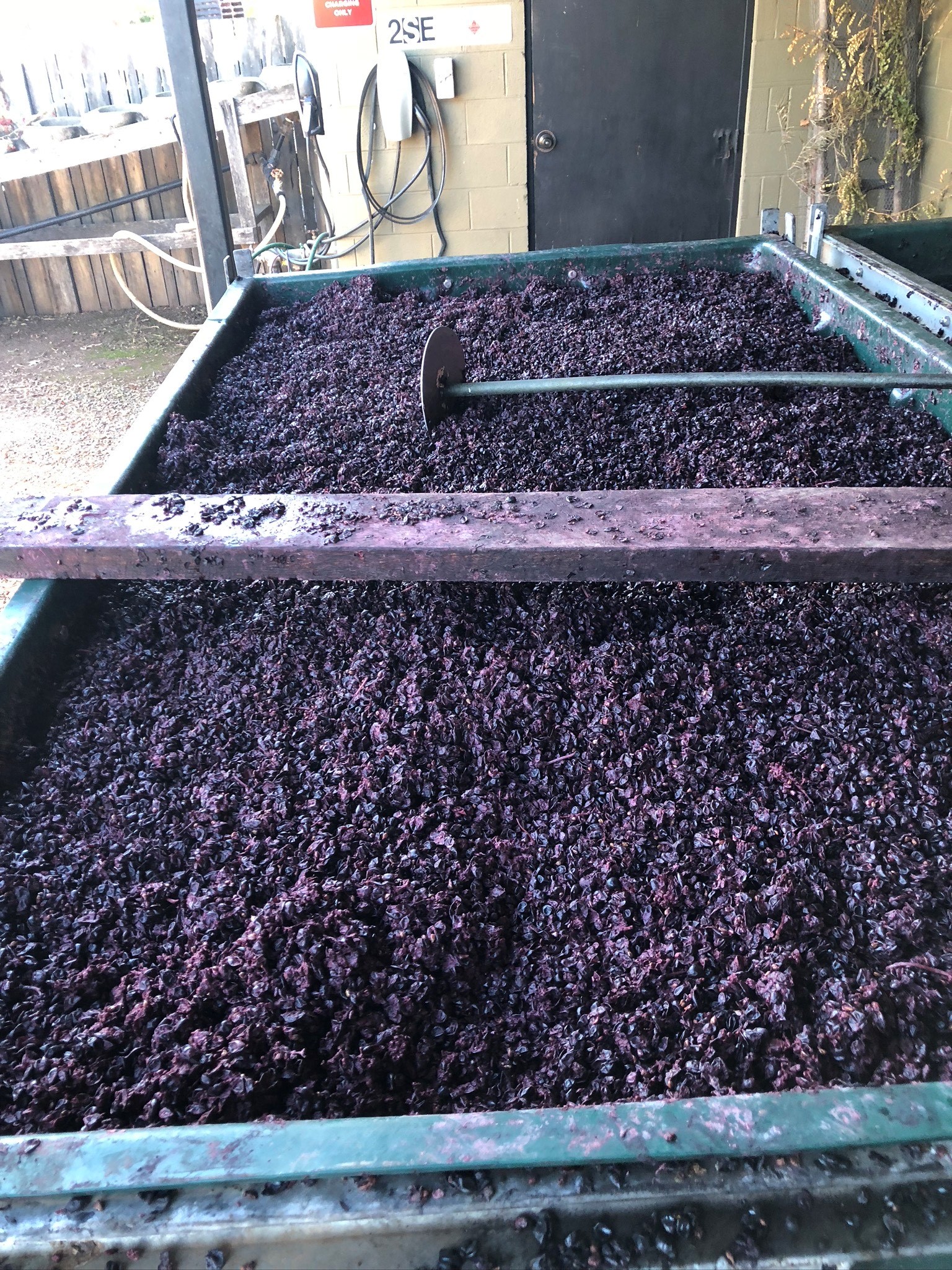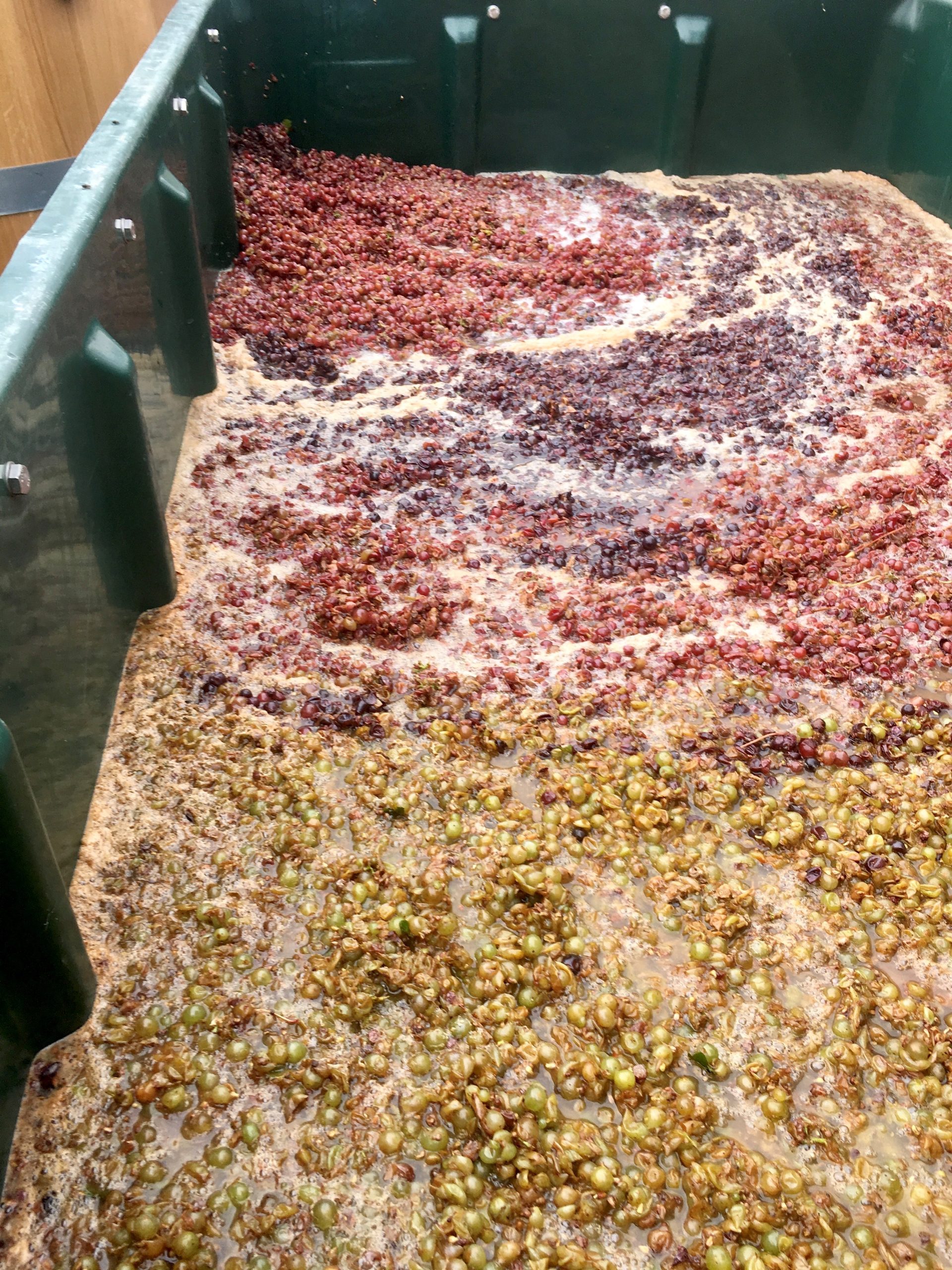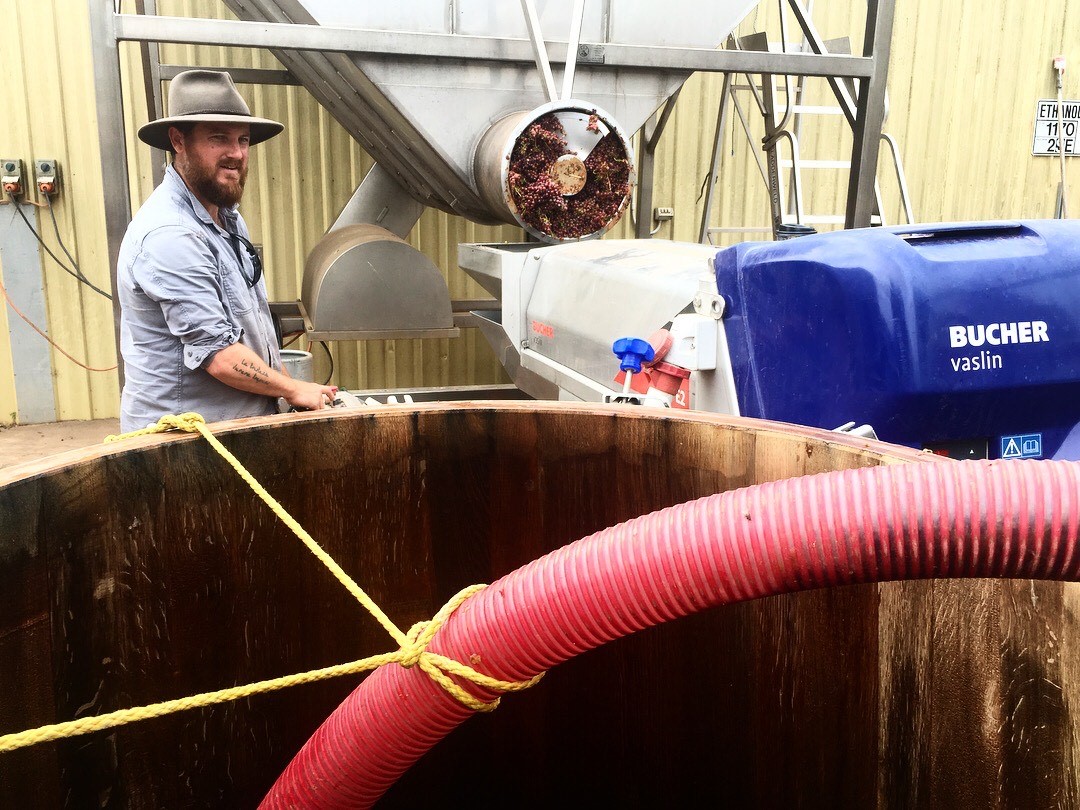Delatite Wines – Wild Yeast Fermentation
ABSTRACT:
To pursue and implement a regime of wild ferments through out the winery at Delatite.
COMPANY SUMMARY:
Delatite is best known for its aromatic whites that have won many trophies and medals over the years, as well as receiving many great reviews. Robert and Vivienne Ritchie first planted vines here in 1968, built the winery in 1982, and in 2005 the baton was passed to their son David.
The 28 hectare vineyard sits between 450 and 500m above sea level in the foothills of the Victorian Alps below Mt Buller. The slopes vary in gradient and outlook (from north-east to north-west) whilst the predominant soil type is sedimentary red ironstone/mudstones.
Around 90% of the fruit comes from the Estate vineyards and from 2013 this has been tightened up so that the Reserve and Estate ranges are made only from 100% Delatite fruit. No added yeasts have been used since the 2009 vintage – indigenous or ‘wild’ yeasts have done all the fermenting giving added complexity. The High Ground range is made at Delatite from fruit grown on our own vineyards and from elsewhere within what we classify as ‘high country’ – within 50km of the winery. Some of this range are 100% estate grown, some 100% other vineyards and most a mix of both!
Rudolf Steiner’s Biodynamic principles have been followed since 2005 as we believe in growing grapes and making wine in as natural a way as possible with minimal intervention/additions. As fertilisers we utilise reactive rock phosphate, fish/kelp/fulvic acid, BD 500 and also spread manure concentrate and compost teas. No herbicides, insecticides or systemic/curative fungicides are used – the only vine sprays are wettable sulphur, copper and Bacillus thuringiensis.
PROJECT STARTING DATE: 01/02/2009 | ENDING DATE: Ongoing
SUSTAINABLE TARGET:
To make all our wines using only our own/wild/indigenous yeasts
PARTNERS:
Just within the company. Winemaker Andy Browning and Viticulturist and Managing Director David Ritchie
REASON WHY/ MOTIVATION:
We have managed our vineyard along Biodynamic principles since 2005 and also wished to reduce all ‘unnatural’ or introduced inputs in our winemaking, as well as reducing power use.
DESCRIPTION AND STRATEGIES:
From a wine quality/taste point of view we believed we would end up with more complex wines that reflected more truly our terroir.
From an economic and sustainability view point; we wanted to reduce power use by a substantial amount as we’d no longer need to keep juices cold while we settled, clarified and filtered them prior to seeding them with ‘manufactured’ yeast strains.
Careful monitoring of ferments is required to allow timely intervention if a ferment starts to slow, typically the intervention will simply be warming the ferment (especially in our quite cool situation) but an open mind must be kept towards intervening by adding a rescue yeast when required, sometimes this can simply be from cross seeding from a more advanced wild ferment but using a rescue culture comprising of cultured yeast should never be entirely discounted.
ACHIEVEMENTS SO FAR:
Since the 2009 vintage almost every wine; red and white have only been fermented using ‘wild yeast. Over the last 12 vintages we have only needed to inoculate 3 or 4 tanks of wine (20,000L in total) with purchased or manufactured yeast. In the previous 27 years of winemaking we would have had between 1 and 2 truly ‘stuck’ ferments annually and plenty of others that required additional yeast inoculations.
fig. 1 – Crushing our hells window (3 white varieties picked on the same day and fermented together on skins) ‘natural wine’. The only white grapes we crush are for this wine. All others are just whole bunch pressed
There is no doubt that changing our practices in this manner has substantially improved the complexity of our wines and has led to more interesting and different flavours and aromas each year. It has also led to reduced use of refrigeration and filtering (therefore power) and SO2 as we no longer need to suppress our natural yeast population before seeding with yeast.
fig 2 – Hells Window open ferment – pinot gris, Riesling and gewürztraminer grapes all swimming around together! A very pretty ferment with the three colours.
LESSONS LEARNED:
The major lesson we’ve learnt is that you can adopt ‘old ways’ of doing things without having any negative effect on quality and, in fact, we’d argue we have achieved much better quality outcomes. However, I fully admit that this is probably only possible where you follow organic/biodynamic practices in the vineyard. If you follow ‘conventional’ viticulture then the grapes and yeast will have been affected by numerous fungicides over the growing season and the juice won’t be nearly as ‘clean’ and the the natural yeasts will not be healthy
NEXT STEPS
We’re just continuing on with this program.
POTENTIAL FOR REPLICATION
Any winemaker can do this as long as they are happy NOT to use systemic fungicides and willing to open their minds to a wider variety of flavours and aromas in their wines that those that come from using specific manufactured yeasts.
Additionally, greater attention to detail is required when tracking ferments, because wild ferments have a much lower cell population there is less margin for error when a ferment is slowing before it can become stuck.




